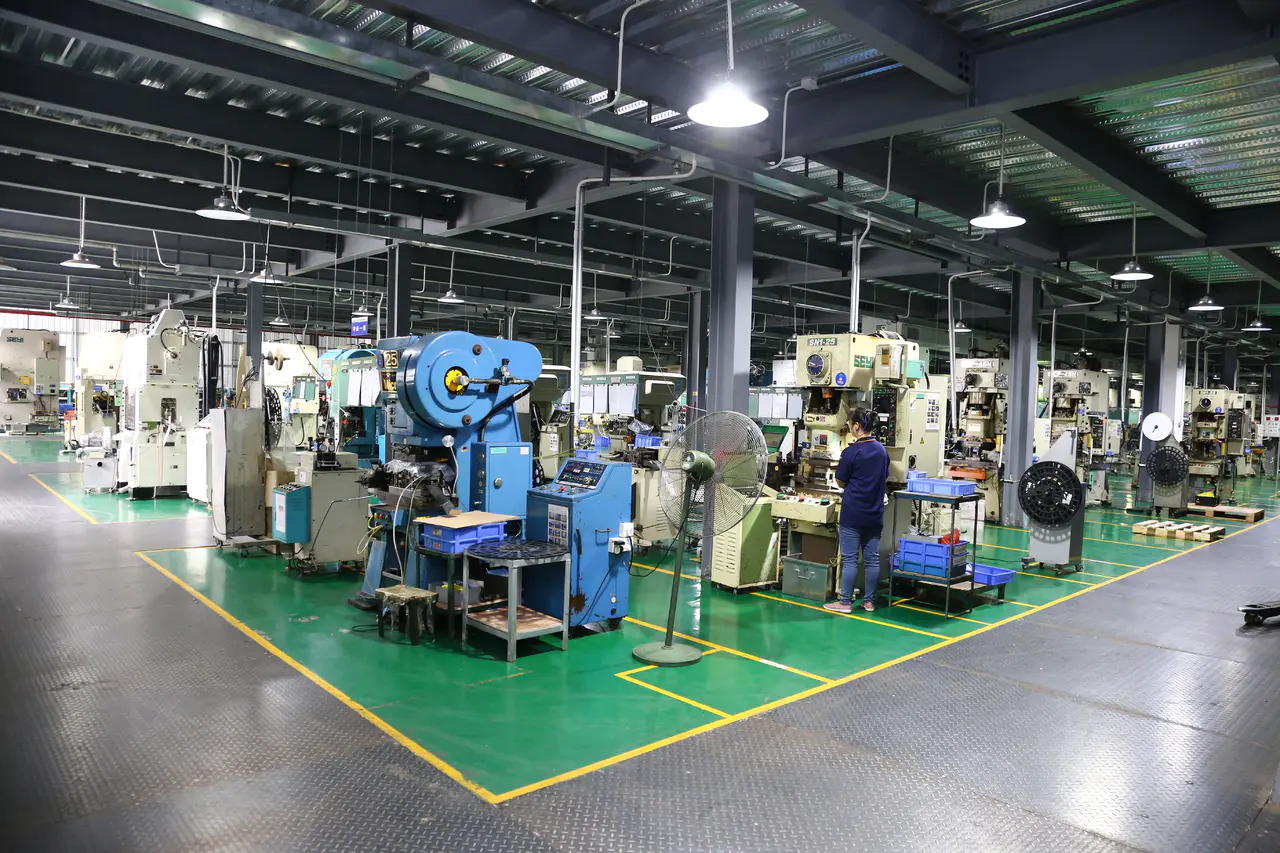Introduction:
In the world of precision engineering and manufacturing, the term "stamping parts" holds a pivotal place. Whether you're an industry veteran or a newcomer intrigued by the intricate world of metalwork, understanding the nuances of metal stamping is a fundamental step in comprehending the marvels of contemporary manufacturing.
This comprehensive guide aims to demystify the art and science of metal stamping. From its various techniques to its vast array of applications, we will journey through the remarkable realm of stamping, where precision and innovation come together. By the end of this guide, you will gain a profound understanding of the role of metal stamping in creating precision components. Let's embark on this enlightening expedition and explore the world of metal stamping.
Demystifying Metal Stamping
Metal stamping, in essence, is a versatile metalworking process that entails the fabrication of parts by shaping, cutting, or forming sheet metal. These parts can range from intricately detailed components to substantial structural elements, and they find application in a multitude of industries, including automotive, aerospace, electronics, and more. Metal stamping is the bedrock of manufacturing efficiency and precision.
The Spectrum of Stamping Techniques
Metal stamping encompasses a spectrum of techniques, each tailored to cater to specific manufacturing requirements:
- Blanking: The process of cutting a flat sheet of metal into simple, flat shapes.
- Piercing: Creating holes or openings in the metal through a punching process.
- Drawing: Transforming a flat metal sheet into three-dimensional shapes, such as cups or containers.
- Bending: Deforming the metal sheet to create angles or curves.
- Coining: Imprinting intricate patterns or designs on the metal surface.
- Embossing: Raising a design or pattern on the metal's surface.
Applications of Metal Stamping Parts
Metal stamping parts serve as the foundation of countless industries. Some notable applications include:
- Automotive: From body panels to engine components, metal stamping is pivotal in automobile manufacturing.
- Aerospace: Creating structural elements, brackets, and fittings for the aerospace industry.
- Electronics: Essential for producing connectors, heat sinks, and electronic components.
- Appliances: From kitchen gadgets to HVAC systems, metal stamping parts are integral for structural and functional elements.
- Medical Devices: Precise components for the construction of medical devices.
Conclusion:
In conclusion, metal stamping is a transformative process at the heart of modern manufacturing. It enables the production of precision components that find application in an array of industries. To further your knowledge about metal stamping and explore a diverse range of stamped components, visit dgmetalstamping. Their commitment to excellence and expertise in metal stamping make them a trusted source for all your precision manufacturing needs.


